
Chernobyl: Source of income for Ukraine
It has been almost 30 years since Chernobyl nuclear disaster shocked the world. Its consequences are still a heavy burden laying on Ukraine’s shoulders. Experts believe that, given the right approach, the Chernobyl Exclusion Zone can become not just self-sufficient, but profitable as well.
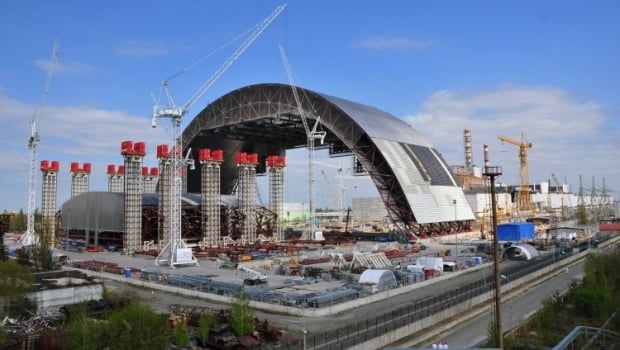
Severe aftermath of the accident at the Chernobyl nuclear power plant will remain painful to Ukraine for many decades, if not centuries. The Exclusion Zone and Chernobyl NPP require solutions to challenges of unprecedented security measures, which means billions in funding.
This burden is just too heavy for the economy of Ukraine, which suffered from the Chernobyl disaster the most. The aid started coming in only after 2000, after the Chernobyl NPP was stopped according to the IAEA demand. As noted in an interview with UNIAN by the head of the State Agency for Exclusion Zone Management, Vitaly Petruk, the donor states allocated nearly $2 billion over 15 years to prevent the consequences of the accident. Funding of the Exclusion Zone costs Ukraine $50 million a year. In 2016 alone, $1 billion of budget funds was spent on process of bringing the Chernobyl NPP out of operation and transforming the so-called "Shelter" into an ecologically safe system.
The sum is impressive, especially for a country going through a phase of Russian aggression and occupation of its territories. So a logical question arises whether it is possible to save money and make the area self-sufficient, if not profitable. It turns out, it is.
CSSNF: the quicker we build, the more we save
The first opportunity to save millions, and, most importantly, to get off the Russian nuclear needle – is to construct in the Exclusion Zone a Central Spent Nuclear Fuel Storage Facility (CSSNF). The project has been around for a long time, but the actual start was given in August 2014, nine years after the signing of the contract for the construction of CSSNF between Ukraine’s Energoatom and the U.S-based Holtec International. The move was triggered with the resolution of the Cabinet to allocate land for the construction of the storage facility in the Chernobyl Exclusion Zone.
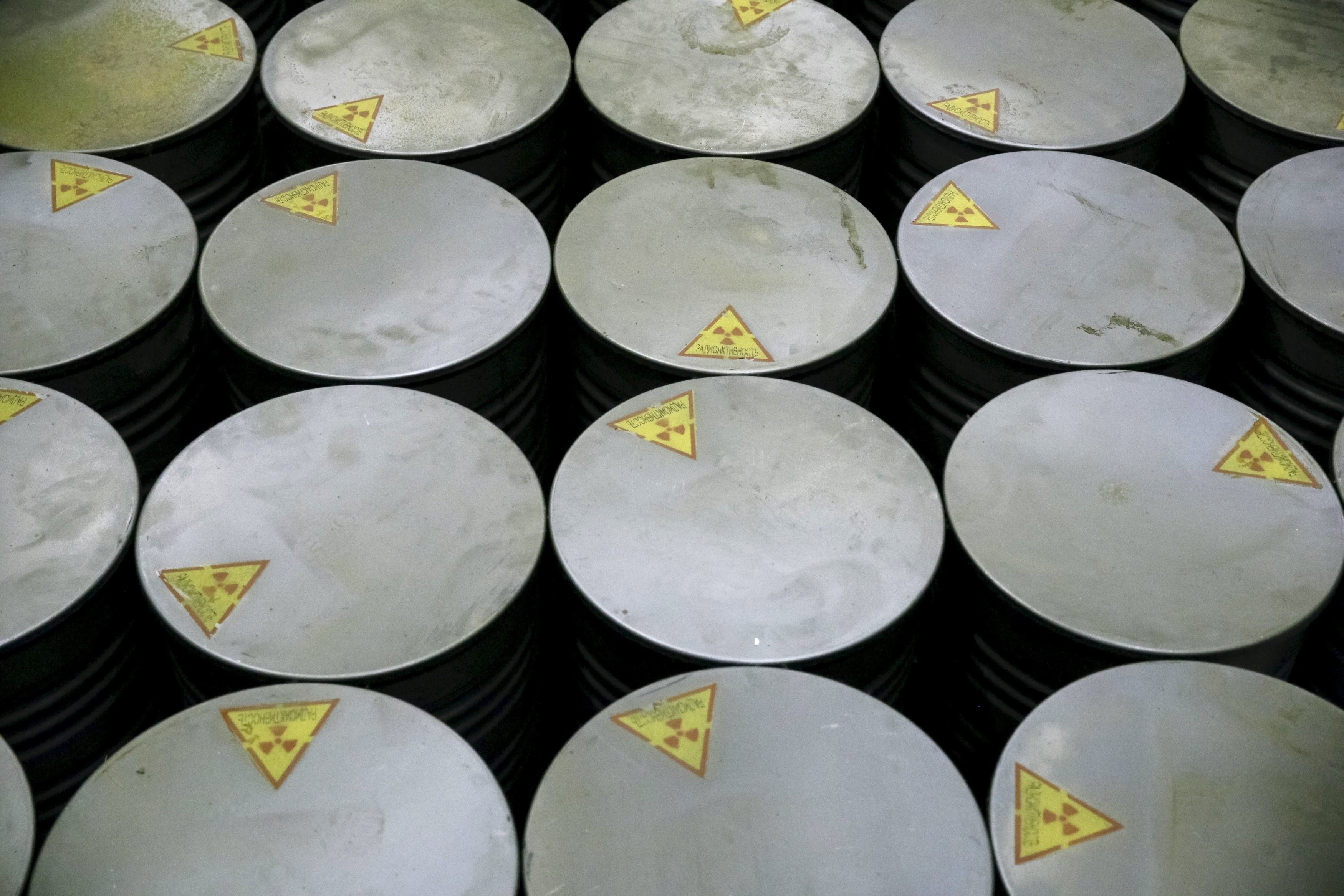
The main reason for "freezing" such an important project for Ukraine could be the pro-Russian policy of the previous government. The thing is that today, Ukraine ranks seventh globally in terms of installed capacity of nuclear power generating units (there are four nuclear power plants with 15 generating units, one of which - Zaporizhia NPP with six units – is Europe’s largest, while all power reactors are VVER-type of Russian production). It exports almost half of the spent nuclear fuel to Russia for technological storage and subsequent processing.
This service costs Ukraine almost $200 million annually. That is, Russia has been profiting from this scheme. However, according to the calculations of experts, the cost of construction and operation of CSSNF will be almost four times lower than the total cost of transporting fuel to Russia. At the same time investment in CSSNF will pay off in less than four years of operation.
It is obvious that these almost fourfold savings make the construction of CSSNF cost-effective.
Moreover, according to the contract with Russia, starting 2018, Ukraine is obliged not only to leave spent fuel on its territory, but also return from the Russian Federation the processed products. Today, the Russians demand to sign a corresponding contract, providing for stiff penalties for non-compliance. That is, they want to use their favorite energy leverage.
Another important factor in favor of CSSNF is that own storage is Ukraine’s obligation to the IAEA. According to the Convention on the Safety of Spent Fuel Management, all nuclear waste belongs to a country where it was used, and it must be stored in its territory. Ukraine ratified the document in 2000, but it has still not fulfilled its requirements.
CSSNF is also needed in light of Ukraine’s statement on the diversification of fuel supplies for nuclear power plants – getting rid of the monopoly of the Russian TVEL and switching to the technology of the U.S.-based Westinghouse. Under the contract, the spent fuel of this company cannot be transported to Russia for storage and processing. Therefore, CSSNF solves this problem.
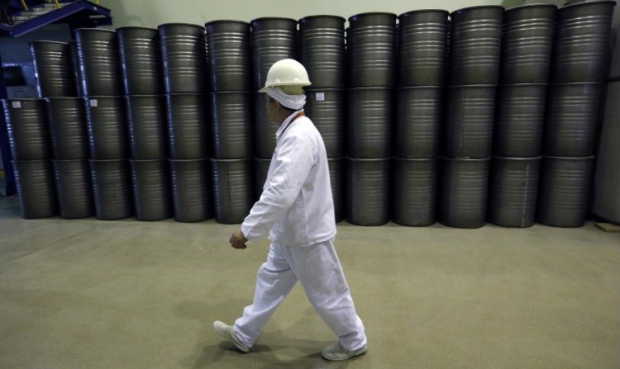
Regarding the idea of the opponents of construction that the area could never become clean with this project in place, in reality any talk about 100% cleanness in this area is an utopia. Therefore, the land can be used exclusively in the nuclear industry. Moreover, there is no reason not to trust the technology provided by Holtec International – the company more than 20 years of experience of working spent nuclear fuel. 67 countries use its technology worldwide.
Thus, Ukraine needs CSSNF. And the sooner, the better. Czech Republic, Slovakia, Hungary and Finland, which operate Soviet-type VVER reactors, no longer send their spent fuel to Russia, keeping it in their territory. Russian services are only used by Ukraine and Bulgaria, which is already building its own storage facility.
Alternative energy in the Exclusion Zone: a reality or a whim?
Creating alternative energy projects can make Chernobyl zone industrially active, as well as self-sufficient. According to Deputy Prime Minister, head of the Ministry of Regional Development Hennadiy Zubko, this idea will be presented at the international donor conference on April 25, 2016.
The start to the project would be limiting the boundaries of the Zone from 30 to 10 kilometers around Chernobyl, while new industrial capacities will be created in the newly-opened territories – in the area of special industrial use.
At present, there are already several memorandums signed with a number of companies on the construction of solar power plants in the Chernobyl Zone. But, according to the head of the State Agency for Exclusion Zone Management, Vitaly Petruk, the development is blocked by an imperfect Ukrainian legislation in terms of allocation of land in the Chernobyl Zone. The bill aimed at settling this issue has already been developed.
Meanwhile, experts claim that the problem is not really about land acquisition. According to energy expert Serhiy Dyachenko, the problem lies in the regulation of the power grid. "Our power industry is not able to digest more (a lot more) electricity – for example worth hundreds of megawatts. And if we are talking about tens of megawatts, then what's the point to discuss these projects after all?" said the expert.
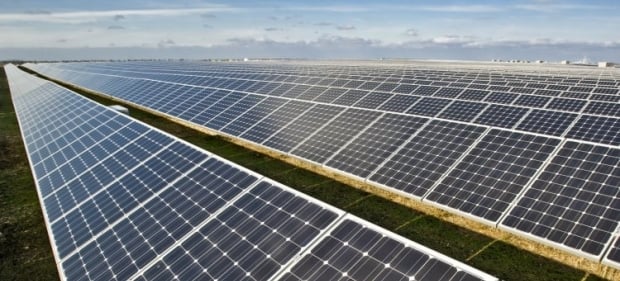
According to him, there are other proposals regarding alternative energy in the Exclusion Zone. Among them is a project on biofuels, which means cultivation of oilseed rape. "As researchers explain, rape ‘does not feed on’ radionuclides. And there is enough land to harvest it. It can actually be implemented," said Dyachenko.
According to him, solar energy projects will be actively implemented in the Chernobyl Zone in two or three years. This is due to the fact that in approximately five, or a maximum of 10 years, electric vehicles become economically competitive with traditional ones. There will be a massive shift to electric drive. That's when alternative energy will breathe differently – the need for recharging batteries will increase sharply. The power system is being altered heavily, so these are some pretty close prospects.
Meanwhile, the authorities should bring the national regulatory framework in line with the realities of today.
Science should be encouraged
Chernobyl zone is the Klondike for science. It is not just about the research of the disaster’s consequences for humans, flora and fauna. This is also about the development of decontamination, new technology and selections, forecast of post-disaster trends. Scientific works in these areas can also contribute to the Zone becoming self-sufficient.
Since the closure of Chernobyl NPP, all research projects in the area of the station were actually also closed. "With the closing of the Chernobyl nuclear power plant, the research projects in the Zone were almost not funded... Meanwhile, the experts are welcomed in the West, and they willingly move there... But all of this could bring money, in considerable amounts... The authorities need to change its attitude toward science, especially on the study of the Chernobyl zone,"- said the scientist, one of the participants to the study of the Chernobyl accident, who spoke on condition of anonymity.

According to him, the world is now actively studying the managing nuclear power industry, which is bound to lead the energy market amid falling global reserves of oil, gas and coal. And this cannot be ignored, having in the Ukrainian territory such a scientific testing ground like Chernobyl Zone.
It was reported that the Ministry of Ecology and Natural Resources has proposed the Presidential Administration to set up a Chernobyl Radiological Biosphere Sanctuary in the Exclusion Zone. Signing of the relevant decree by President Poroshenko is expected before April 26 – the 30-year anniversary of the disaster.
In the process of separating the Chernobyl Exclusion Zone, a 10-kilometer zone around the Chernobyl nuclear power plant will remain for industrial use, while the territory of the 30-kilometer zone will host a biosphere reserve with a total area of 227,000 hectares. There will be no free access to this zone, just like today. The area will be used for research.
According to the Acting Minister of Environment Anna Vronska, if the plans for a reserve will be possible to implement, the Ministry also intends to establish in the framework of the UNESCO’s Man and Biosphere program a Transborder Ukrainian-Belarusian Biosphere Reserve with a total area of 500,000 hectares.
It seems that the scientific developments around the Chernobyl Zone are actually moving forward. The projects in this area will also be presented at the donors' conference on April 26.
Welcome to Chernobyl
Another option to reduce spending on the maintenance of the Chernobyl Zone and also bring it to self-sufficiency is tourism.
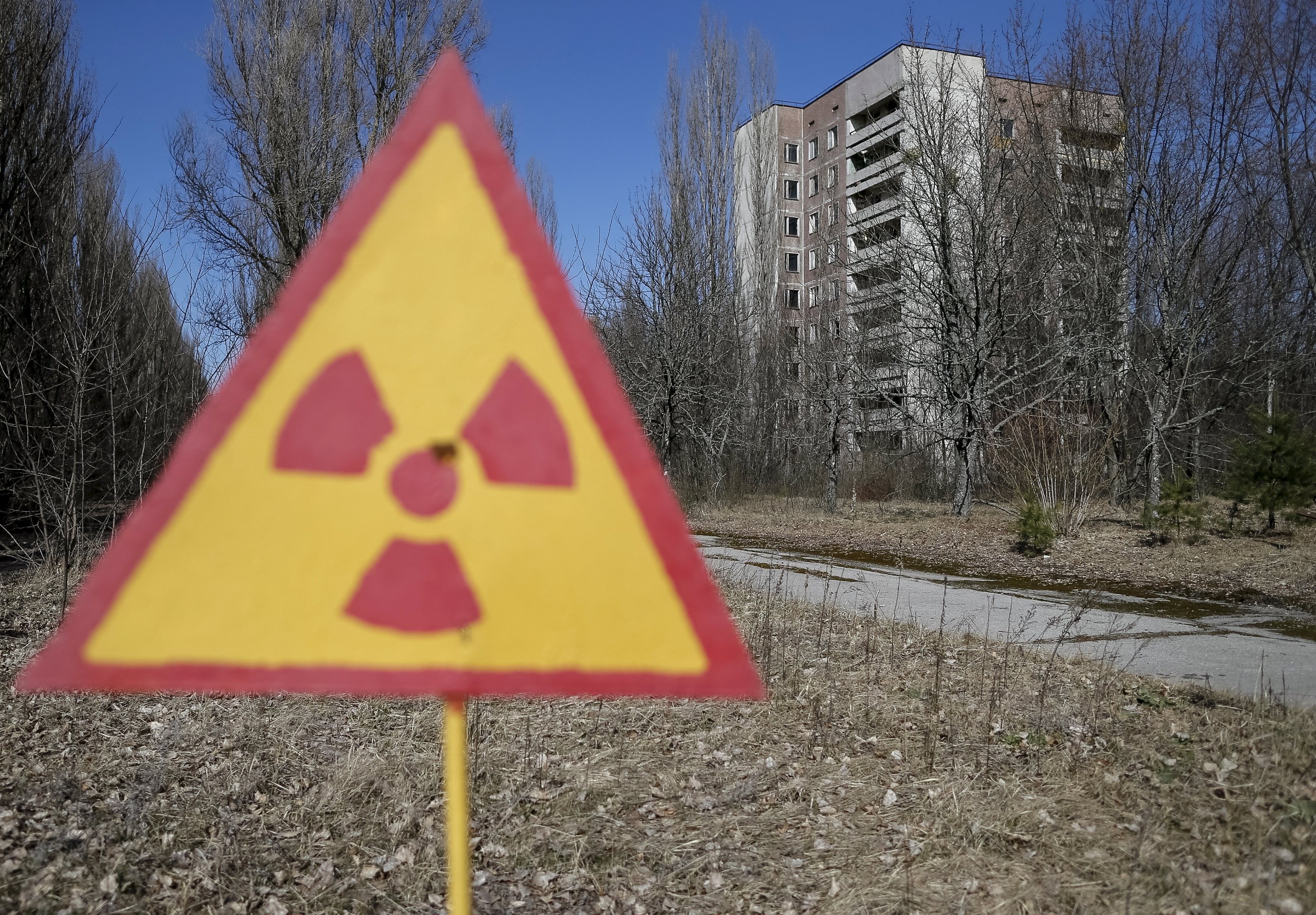
Trips to the Exclusion Zone were officially authorized by the Ukrainian authorities in 2010. In the past year, according to the head of the State Agency for Exclusion Zone, Vitaly Petruk, the area became a discovery for over 15,000 “visitors” (the term "tourist" is not accepted to be used in respect of the area with radioactive contamination.)
All tours are coordinated with the Security Service, the police, and each group is accompanied by a guide controlling the execution of all the rules of conduct in the area. Most problems of the local authorities regard “stalkers” as they are trying to penetrate into the Zone illegally.
Petruk says all proceeds from this "tourism"go to the Center of Organizational, Technical and Information Support (COTIS). "The money is spent in accordance with the current legislation through tenders and other procedures; funds are allocated, inter alia, for improving tourism infrastructure,” said Petruk. “In case of further increase of interest, we will be offering private company to upgrade, improve and develop this business, because the state has no funds for this. But, of course, this is given they comply with security conditions."
UNIAN decided to clarify the cost and terms of travel to the Exclusion Zone.
Go2chernobyl company told us that all trips are organized through the administration of the Chernobyl Exclusion Zone. A one-day trip costs UAH 699 for the Ukrainian citizens and UAH 1,999 for foreigners; a two-day visit costs UAH 2,202 and UAH 5,999 respectively (as an All-Inclusive offer: accommodations, meals, insurance. Desyatka hotel in Chernobyl is described as “decent.” There is also hotel Pripyat, but it is not as comfortable.
Travel agencies assure there is a real tourist boom. In March alone, there were about 300 applications for visits, with 40% of them coming from foreigners.
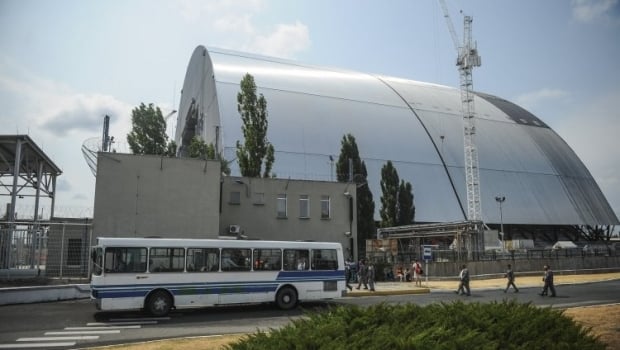
In Chernobyl Tour company, the rates vary, and they are named in dollars. A one-day trip is $95 for the citizens of Ukraine and Belarus (about UAH 2,500) and $115 for foreigners, plus $14 for the English-speaking guide (it’s strange though that Belarusians are not put to the category of foreigners). Meals are not included in a one-day trip, but it is optional for additional $5. Visitors can eat in the dining room of the Chernobyl nuclear power plant, where, in fact, the employees eat.
A three-day group trip (2 persons minimum) for the Ukrainians is $214, $315 for Belarusians and $345 for other foreigners, plus $90 for an English speaking guide. Meals and accommodation is included in the tour price.
The longest visit offered is a five-day trip. Its cost for the Ukrainians is $380, $519 for Belarusians, and $719 for other foreigners. But such tours must be booked in advance. The closer to the departure date, the more expensive the trip, the travel company says.
As we can see, tourism in the Chernobyl Zone is quite a profitable business. To expand it, few small but Important things are needed: to install toilets, cut roadside trees (the branches scratch the buses), remove debris and improve meals. Almost all of Chernobyl visitors complain about these things on different forums. But more often, they write about a lasting impression and a desire to visit the Zone again.
This means that the Chernobyl Zone is an interesting destination, and Ukraine should make use of this fact.
Nana Chornaya

